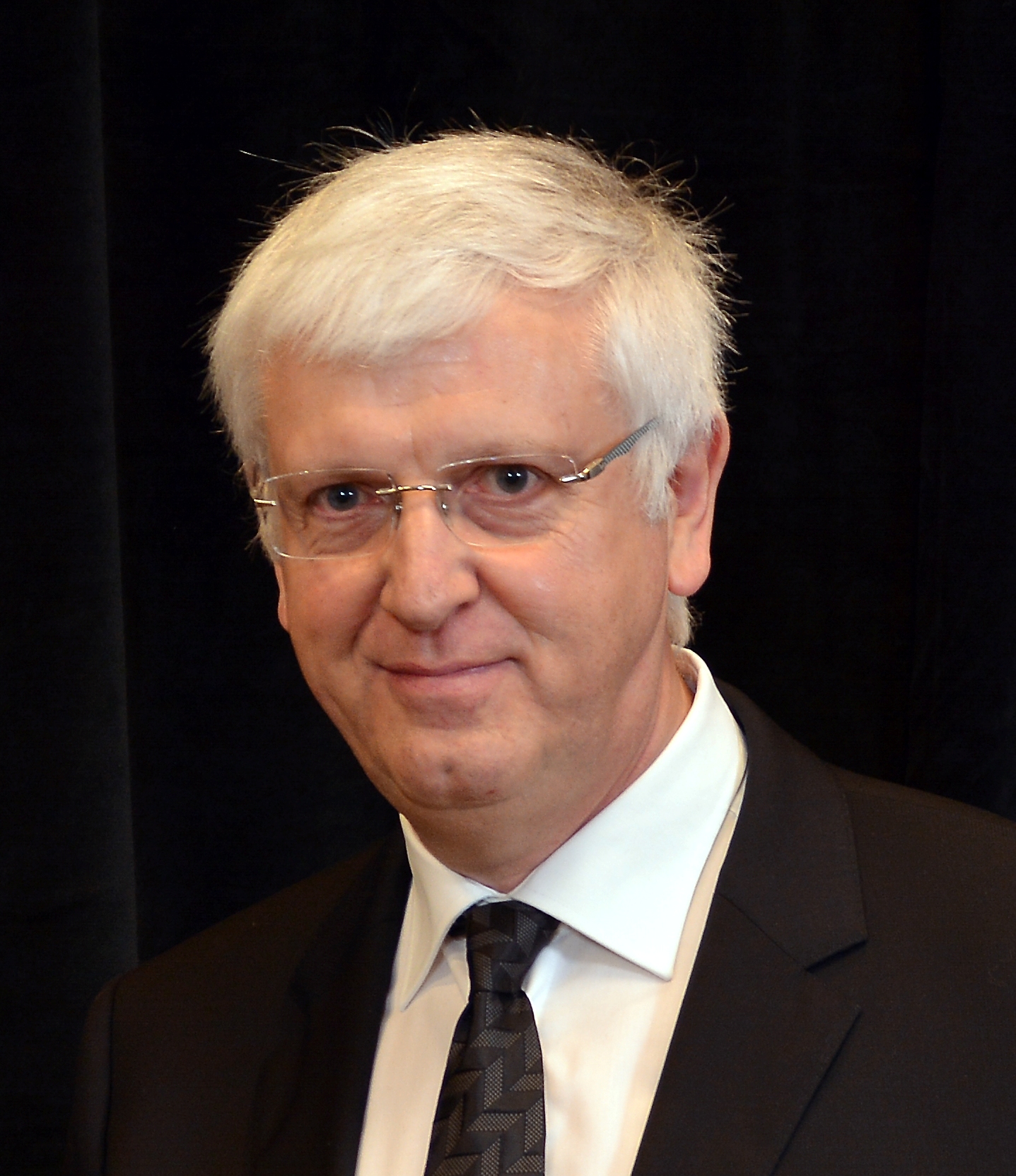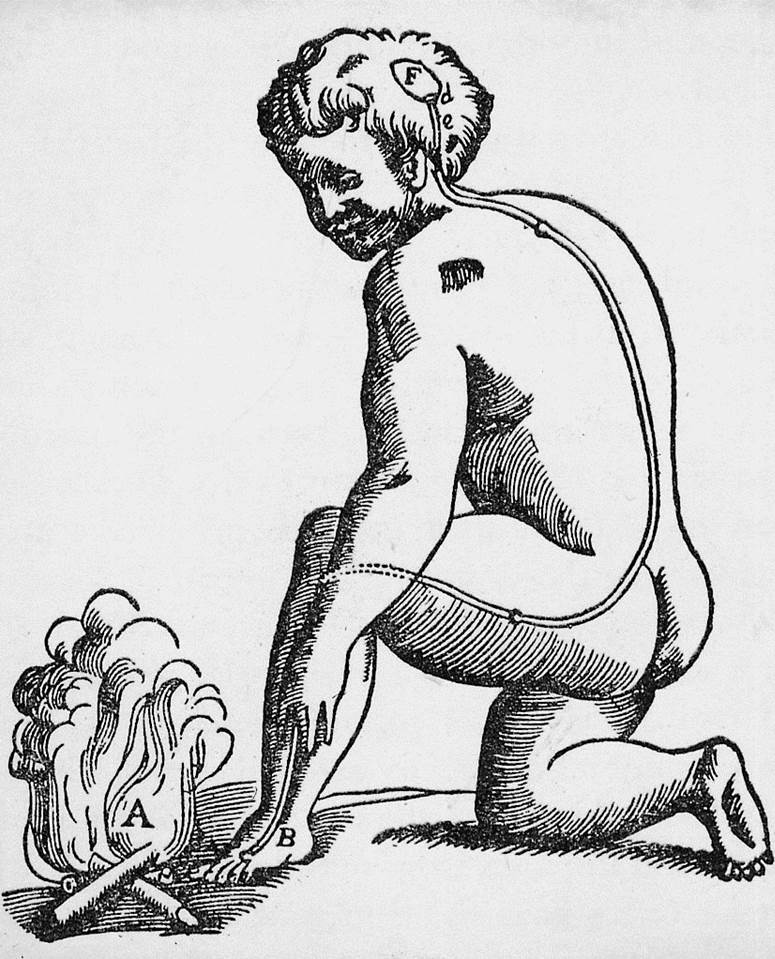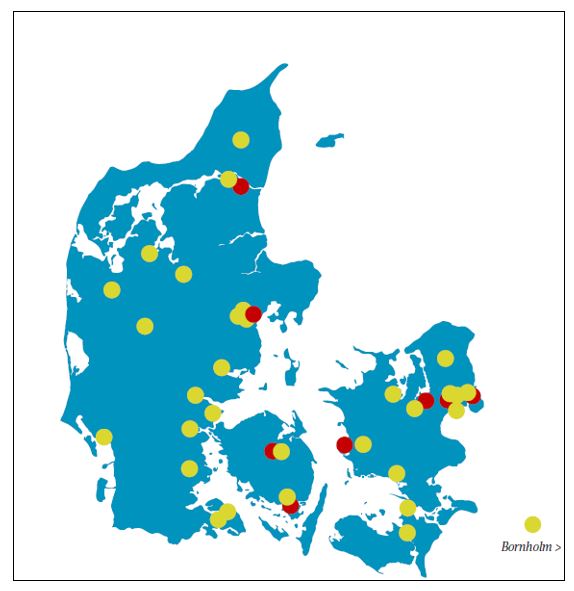 After its very first meeting in Istanbul in 2014, the Assembly of Delegates met for the second time in Berlin during the 1st Congress of the EAN. This assembly, which is the democratic body of the Academy, consists of 90 delegates, 45 representing national societies of neurology, and 45 representing full individual members.
After its very first meeting in Istanbul in 2014, the Assembly of Delegates met for the second time in Berlin during the 1st Congress of the EAN. This assembly, which is the democratic body of the Academy, consists of 90 delegates, 45 representing national societies of neurology, and 45 representing full individual members.
The President (Günther Deuschl, Germany) reminded that the EAN aims at excellence. Our goals are to increase standards of neurological services, to advance development of neurology as a major medical specialty, to promote collaborations within Europe, to strengthen collaborations with related professionals and lay organisations, to support research, to promote education all over Europe and surrounding regions, to raise awareness about neurology, and to collaborate with international, national and regional organisations. He presented what has been achieved during the 1st year of the Academy:
- nomination of the chairmen of the Programme Committee (Paul Boon, Belgium) and of the Education Committee (Hannah Cock, UK)
- appointment of a new web editor (Tim von Oertzen, Austria) and of a new editor of Neuropenews (Elena Moro, France)
- establishment of operational rules; meeting organisation; activities of the scientific committee (new rules for the subspecialty scientific panels, rules for guidelines and on-going guidelines); activities of the education committee (teaching courses at the EAN meeting, regional teaching courses, quality assurance, fellowship, e-learning, eBrain, EBN exam).
He also invited the Treasurer to detail the financial status of the EAN.
The Secretary General presented the status of the membership, with, up to June 20th, 45 institutional members representing national societies of neurology plus 10 associate institutional members, and 398 individual members, including 26 fellows, 38 honorary members, and 83 associate members. The President emphasised that the number of full members still needs to be increased in the future. The Secretary General presented also a proposal to change the bylaws. Besides minor ones, the main proposed changes are (i) the need to be full member to hold an elected position in the organisation of the EAN, (ii) the replacement of the Vice-President by a President-elect and of the Member-at-large by a Past President, and (iii) the impossibility for the President to stand for re-election. All these changes will start in 2016. Transitional measures state that two Presidents will be elected in 2016, one for 2 years without possibility of re-election, and a President-elect, who will become President in 2018, Past-President in 2020 and will leave the Board in 2022. The position of Past-President will not be occupied in 2016, and a Member-at-large proposed by the President and approved by the board will be nominated for 2 years.
The Assembly of Delegates discussed the changes in the bylaws. After some modifications, the changes were approved, as well as the report of the President and of the Treasurer. The next meeting of the Assembly of Delegates will be held in Copenhagen in 2016.
Didier Leys is EAN Secretary General and President of the French Society of Neurology. He is Head of the Stroke Unit, Department of Neurology, Hôpital Roger Salengro CHU in Lille, France.






